At first glance, cleaning a whiteboard might seem like a no-brainer. However, delving into the proper techniques and making use of everyday household items can transform this routine chore into a seamless and highly effective process. This detailed guide is your go-to resource, as it reveals the secrets of how to clean a whiteboard using items you probably already have stashed away at home.
From something as simple as dry clothes and socks to common kitchen ingredients like vinegar and baking soda, these uncomplicated solutions will ensure that your whiteboard stays immaculately clean, always in perfect condition, and ready for immediate use.
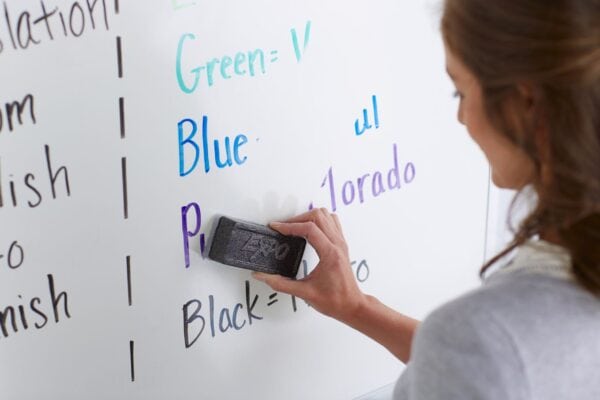
Prepare cleaning tools
Before you embark on the task of cleaning your whiteboard, it’s crucial to gather all the essential tools. This step is the key to an efficient and effective cleaning process. Having everything within easy reach not only saves precious time but also ensures a seamless cleaning experience. Below is a comprehensive list of the items you’ll require, along with some useful tips on their proper utilization.
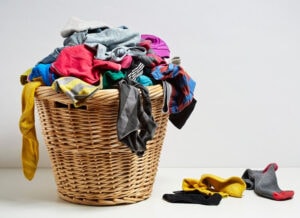
Dry Cloth or Sock: A clean, dry cloth or an old sock can replace a whiteboard eraser. Their soft texture prevents scratches on the whiteboard surface. They’re also effective at removing dry-erase marker residue, keeping the whiteboard in great shape.
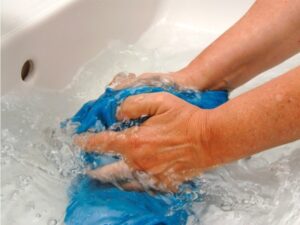
Water: Plain water is great for most minor whiteboard stains. It’s accessible and gentle, removing marks without harming the surface. This method works best on fresh marker stains that haven’t been set yet. With water, you can easily get rid of these marks, no need for harsh chemicals.
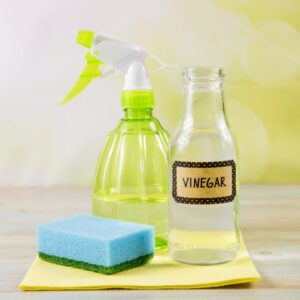
Vinegar: A common household staple, vinegar is an excellent cleaning agent. Its natural acidity effectively breaks down and removes stains, such as those left by dry-erase markers on a whiteboard.
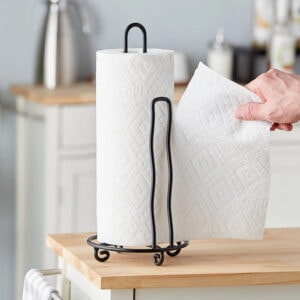
Paper Towels: Paper towels are highly absorbent, perfect for soaking up water, vinegar, or specialized whiteboard cleaners. When using a cleaning solution, spray it on a paper towel instead of directly on the whiteboard. This helps avoid streaks and ensures an even application.

Baking Soda: Its mild abrasiveness effectively removes stubborn stains missed by regular cleaning. After scrubbing, wipe with a damp cloth to eliminate residue, then dry thoroughly. This method restores the board to like-new condition.

Rubbing Alcohol: Rubbing alcohol is a great cleaner for getting rid of stubborn marks and thoroughly cleaning whiteboards. It’s fast – evaporating nature effectively breaks down and removes tough,dried-inn stains from dry-erase markers.

Toothpaste: It can be a cleaning agent for whiteboards, especially for removing tough stains and ghosting. The mild abrasiveness of toothpaste helps scrub the residue away without scratching the whiteboard’s surface.

Magic Eraser: A magic eraser can be a tool for cleaning a whiteboard. Made from melamine foam, it has a fine structure that removes stains and ghosting without damaging the board’s surface.
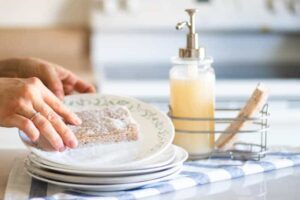
Dish Soap: Dish soap is a great choice for cleaning whiteboards. It’s both effective and gentle. Thanks to its ability to break down oils and residues, it’s perfect for regular maintenance. Using dish soap can keep your whiteboard clean and in good condition for a long time.
Cleaning steps
As a product that students and working professionals cannot do without, whiteboards are very common daily. Cleaning them is crucial to ensure their longevity and effectiveness. Here’s a step-by-step guide to how to clean a whiteboard using everyday items:
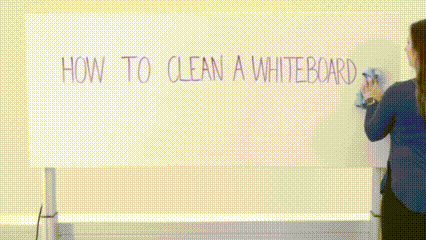
Using a Dry Cloth or Sock:
Take a clean, dry cloth or an old sock.
Wipe the whiteboard surface to remove any recent marker ink.
This can be particularly handy if you find yourself without a proper eraser and need a quick solution. Repurposing an old sock as a cleaning tool is an eco-friendly option that gives new life to something you might otherwise discard.
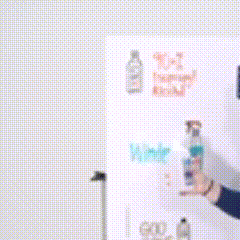
Using Rubbing Alcohol:
Pour a small amount of rubbing alcohol onto a microfiber cloth.
Wipe the board to remove stubborn marks and ensure it is thoroughly clean.
The alcohol will dissolve the ink, allowing you to wipe away even the most stubborn marks easily. Additionally, rubbing alcohol leaves no residue, ensuring that the board remains clean and streak-free. This makes it ideal for deep cleaning and maintaining a pristine writing surface.
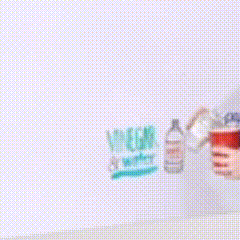
Using Vinegar Solution:
Mix one teaspoon of vinegar with a cup of water.
Apply the solution with a microfiber cloth and wipe the board.
Vinegar’s non-toxic and eco-friendly properties make it a safe option for regular use, ensuring your whiteboard remains clean without the need for harsh chemicals. Plus, vinegar is readily available and cost-effective, making it a practical choice for maintaining a spotless whiteboard.
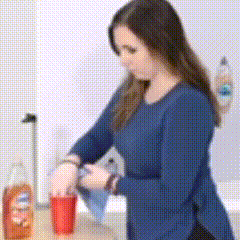
Using Dish Soap:
Mix a drop of dish soap with water.
Apply the solution to a microfiber cloth and wipe the board to clean the oils and residue.
Mix a small drop of dish soap with water to create a soapy solution. Dip a microfiber cloth into the solution, then wring out the excess liquid. Gently scrub the whiteboard surface, focusing on areas with stains or ghosting. After cleaning, wipe the board with a damp cloth to remove any soap residue. Finish by drying the board with a dry cloth for a spotless finish.
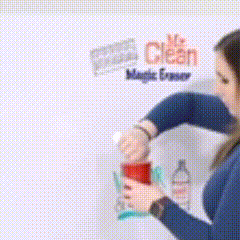
Using a Magic Eraser:
Wet the magic eraser.
Use it to remove stains and ghosting from the whiteboard surface.
To use a magic eraser, wet it slightly and squeeze out any excess water. Gently rub the eraser over the stained areas of the whiteboard. The foam’s micro-abrasive action will remove the residue, leaving the board clean. After using the magic eraser, wipe the board with a dry cloth to remove any remaining moisture.
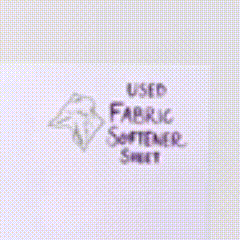
Using a Fabric Softener Sheet:
Grab a used fabric softener sheet, which is typically discarded after.
Rub the fabric softener sheet over the whiteboard surface.
It acts more as an eraser than a cleaner, removing fresh ink marks from dry-erase markers.
This method is efficient and repurposes an item that would otherwise be thrown away, making it an eco-friendly option for maintaining your whiteboard.

Using Paper Towels and Water:
Spray plain water onto a paper towel or cloth.
Wipe the board to remove minor stains.
Paper Towels are disposable, so you can easily use a fresh towel each time, ensuring maximum cleanliness and avoiding cross-contamination from previous uses.
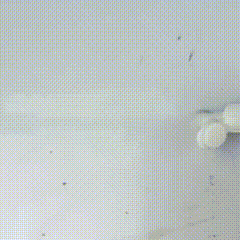
Using Toothpaste and Baking Soda:
Mix a small amount of non-gel toothpaste with baking soda to form a paste.
Apply the paste to a cloth and gently scrub the whiteboard to tackle tough stains.
Wipe clean with a damp cloth.
To use toothpaste, apply a small amount of non-gel to a soft cloth. Gently scrub the stained areas of the whiteboard in a circular motion.
Following these steps, you’ll have a sparkling clean whiteboard using everyday items around your home. Happy cleaning!
There are also some tips on using whiteboards. You can click here to learn more: Guide to buy whiteboards: Types, Sizes, and Usage Tips.
Maintenance Tips for Cleaning Whiteboards
Proper care prevents staining, ghosting, and marker residue buildup, which can hamper their usability. Following some straightforward maintenance tips, you can keep your whiteboard in excellent condition, ensuring it remains a reliable tool.
Here are some practical tips provided by Honeyoung as a stationery supplier to help you maintain your whiteboard effectively and extend its usability.

About cleaning:
- Erase Regularly: Make it a habit to erase the board at the end of each day to prevent markers from staining the surface.
- Clean Thoroughly: To keep the board in top condition, thoroughly clean it with a vinegar solution or a whiteboard cleaner at least once a week.
- Avoid Abrasive Cleaners: Do not use abrasive materials or harsh chemicals, as they can damage the whiteboard surface.
- Avoid Harsh Chemicals: Do not use abrasive cleaners or chemicals on your whiteboard. Stick to gentle solutions like vinegar and water.
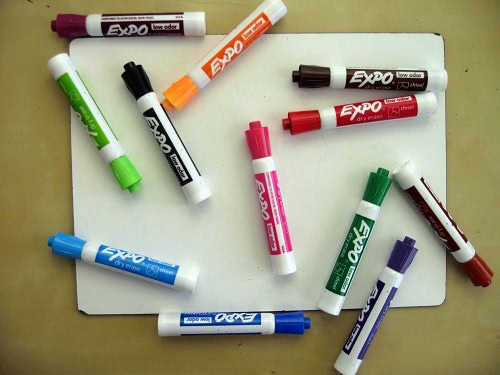
About markers:
- Store Markers Properly: Store dry-erase markers horizontally with the caps securely closed to keep the ink evenly distributed and prevent them from drying out.
- Avoid Permanent Markers: Only use dry-erase markers on the board to prevent stains that are difficult to remove.
- Check Marker Quality: Ensure that your dry-erase markers are not dried out. Replace them as needed to avoid residue that is difficult to clean.
- Avoid Overwriting: Avoid leaving writing on the board for extended periods, making cleaning harder. Erase the board regularly to keep it fresh and easy to use.

About other:
- Keep the Board Dry: After cleaning, make sure the board is completely dry before using it again to prevent streaking and ghosting.
- Use a Soft Cloth: Always use a soft cloth, such as a microfiber cloth, to clean the board. Avoid using rough or abrasive materials that could scratch the surface.
- Apply a Whiteboard Conditioner: Occasionally apply a whiteboard conditioner or restorer to maintain the surface’s smoothness and ease of use.
FAQ
How often should I clean my whiteboard?
It depends on usage. If used daily, clean it daily; if used less often, once a week may be enough.
Can I use hand sanitizer to clean my whiteboard?
Yes, hand sanitizer can be effective. Apply a small amount to a microfiber cloth and wipe the board. This works well for removing ink and residue.
How can I remove permanent marker from a whiteboard?
Write over the permanent marker with a dry-erase marker, then wipe with a cloth. Alternatively, use rubbing alcohol or a magic eraser for more stubborn marks.
What should I avoid when cleaning my whiteboard?
Avoid abrasive and wax-based cleaners, and use your hands to wipe the board. These can damage the surface and leave residues.




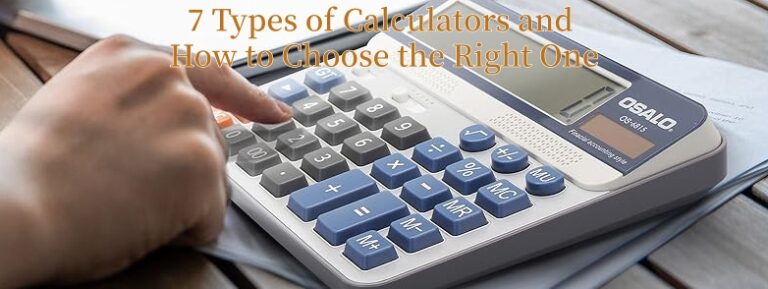
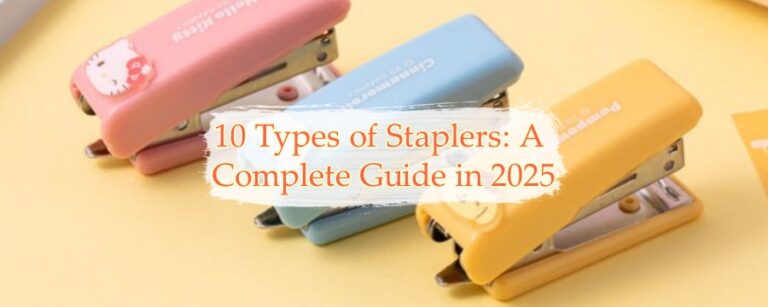


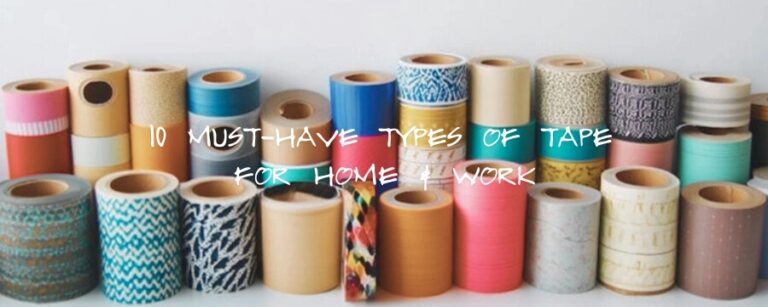
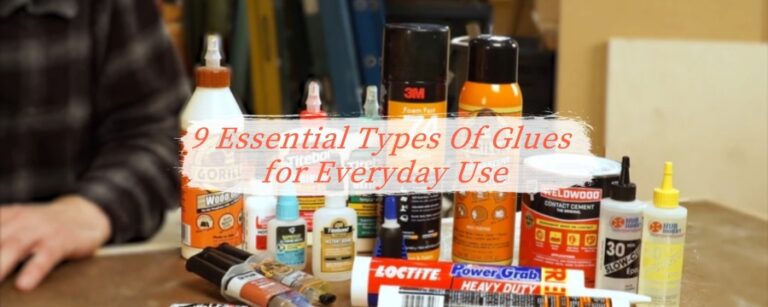

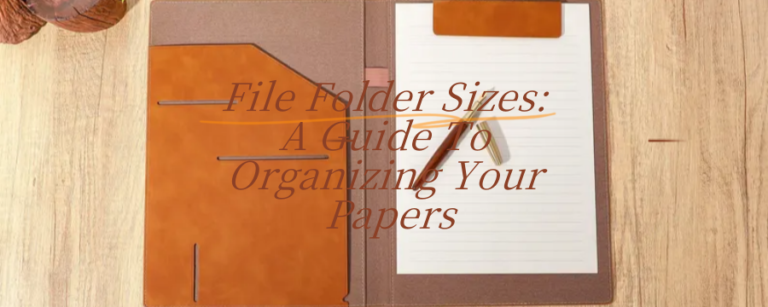

2 Responses
Alcohol is indeed a very convenient way to remove stains from whiteboards.
I suggest using common items such as vinegar and dishwashing detergent to make homemade cleaning solutions, which are not only environmentally friendly but also cost-effective.